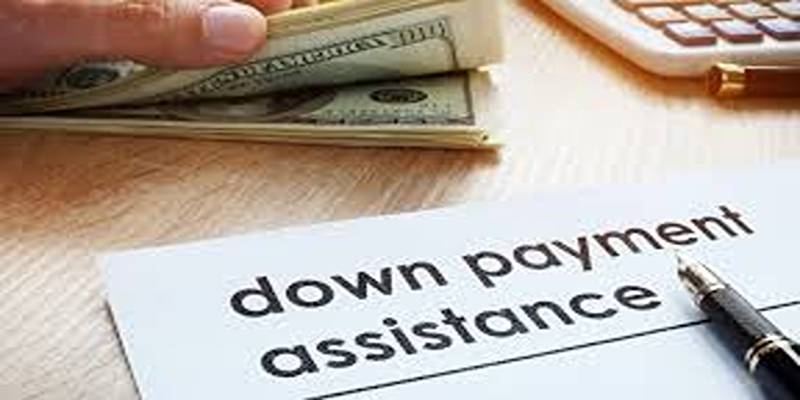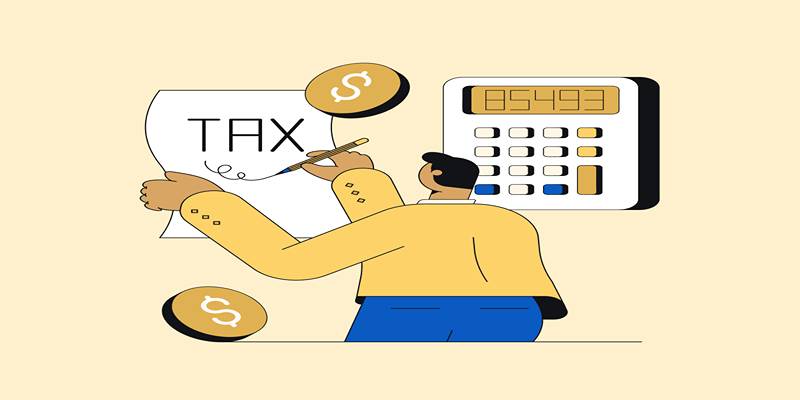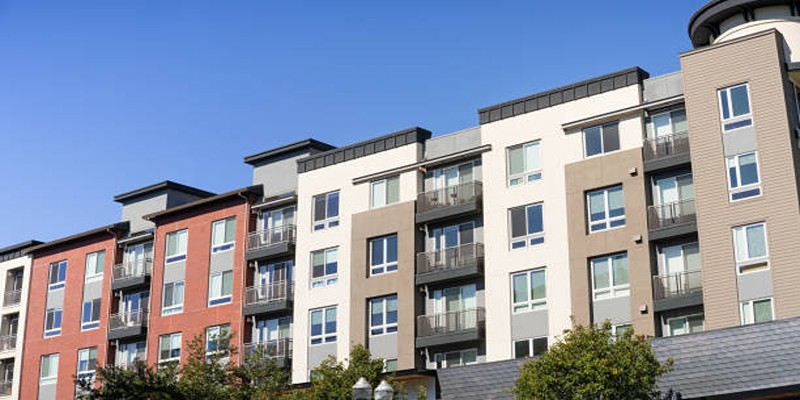Buying a first home is both a dream and a major financial milestone. But for many first-time buyers, the path to homeownership can feel overwhelming, especially when faced with down payments, closing costs, and loan approvals. Fortunately, there are resources designed to help. This guide explores the programs, loans, and grants available to first-time home buyers—tools that can reduce costs, expand opportunities, and turn homeownership from a hope into a reality.
Who Is Considered a First-Time Home Buyer?
A first-time home buyer is not always someone who has never owned a home. According to most program guidelines, anyone who has not owned a home in the past three years qualifies as a first-time buyer. This definition opens the door to previous homeowners who have been renting or living in non-owned properties.
For first-time buyer programs, you usually have to meet certain income, credit score, and home price or location standards in order to be eligible. Buyers may also have to take training on how to be a good homebuyer. These requirements change depending on the school and the location.
First-Time Home Buyer Programs
First-time home buyer programs are structured to make homeownership more accessible and affordable. These programs are often provided by federal, state, or local governments and may also come from nonprofits or housing finance agencies.
Down Payment Assistance Options

One of the most common obstacles to homeownership is saving for a down payment. Down payment assistance (DPA) programs are tailored to help first-time buyers cover this cost, making homeownership more achievable.
DPA support comes in several forms. Some programs offer grants, which do not need to be repaid, while others offer low-interest loans that are repaid over time or when the home is sold. Deferred-payment loans may require no payment until the property is refinanced or transferred, and forgivable loans can be waived entirely if the homeowner meets specific occupancy requirements. State and local governments frequently manage these programs, and the amount of assistance varies. Buyers can often combine DPA with other forms of financial aid to reduce upfront costs significantly.
Closing Cost Assistance
In addition to down payments, home buyers must account for closing costs—expenses such as title insurance, loan origination fees, inspections, and appraisals. First-time home buyer programs often include closing cost assistance, which helps reduce the amount of cash needed at closing.
This form of aid may be issued as a grant or a secondary loan. By lessening the burden of these often-overlooked expenses, such assistance can help buyers allocate funds to moving costs, initial repairs, or even emergency savings.
Mortgage Credit Certificates (MCCs)
Another benefit available to some first-time buyers is a Mortgage Credit Certificate. MCCs allow eligible homeowners to claim a dollar-for-dollar tax credit for a portion of their mortgage interest. A tax credit directly lowers the amount due to the IRS, while a deduction lowers the amount of income that is taxed. This credit can make it easier to get a loan by raising your take-home pay.
Loan Programs for First-Time Buyers
There are several types of home loans designed to serve first-time buyers. Each loan option offers distinct benefits, and selecting the right one depends on the buyer’s financial profile.
Conventional Loans
The government does not insure conventional loans, but it may be ideal for buyers with solid credit. Some lenders allow first-time buyers to put down as little as 3%. However, private mortgage insurance (PMI) is typically required until the borrower achieves 20% equity.
FHA Loans
FHA loans, which the Federal Housing Administration backs These loans require a minimum credit score of 580 with a 3.5% down payment. While FHA mortgage insurance premiums must be paid, the flexible qualifications make this a common first-time buyer option.
VA Loans
The VA loan program, available to active-duty service members, veterans, and some surviving spouses, provides 100% financing and eliminates the need for private mortgage insurance. VA loans also feature competitive interest rates and relaxed credit standards, making them one of the most favorable options for eligible buyers.
USDA Loans
USDA loans are made for people with low to moderate incomes who live in rural or some suburban places and are offered by the U.S. Department of Agriculture. These loans require no down payment and offer low interest rates. However, buyers must meet geographic and income eligibility criteria.
First-Time Home Buyer Grants

Grants are a powerful tool for first-time buyers, especially those with low to moderate incomes. Unlike loans, grants do not have to be repaid, provided buyers meet certain conditions, such as living in the home for a set period or completing homeownership education.
Government Grants
Many states and cities offer grants through housing finance agencies. These grants help cover either the down payment, closing costs, or both. Each grant has specific qualifications based on household income, location, and sometimes profession or demographic. Buyers are often required to apply through participating lenders and may need to combine the grant with a qualifying mortgage product.
Nonprofit Organization Grants
Charitable organizations like Habitat for Humanity and the Neighborhood Assistance Corporation of America (NACA) offer home buyer grants and low-cost financing options. These grants are often coupled with educational programs and may involve income and participation requirements.
Matched Savings Programs
Also known as Individual Development Accounts (IDAs), matched savings programs reward buyers who commit to saving toward their home purchase. For every dollar the buyer saves, the program contributes matching funds—often doubling or tripling the amount. Nonprofits or state housing departments often fund these programs and are ideal for buyers who need time to build their down payment but want extra support along the way.
Conclusion
Navigating the path to homeownership may seem complicated, but first-time home buyer programs, loans, and grants offer real and valuable solutions. These resources can help reduce upfront costs, make financing more accessible, and empower buyers with the education needed to make smart, lasting investments. Whether it’s a low-interest loan, a forgivable grant, or a state-run assistance program, these tools exist to make first-time homeownership a reality for more people.












